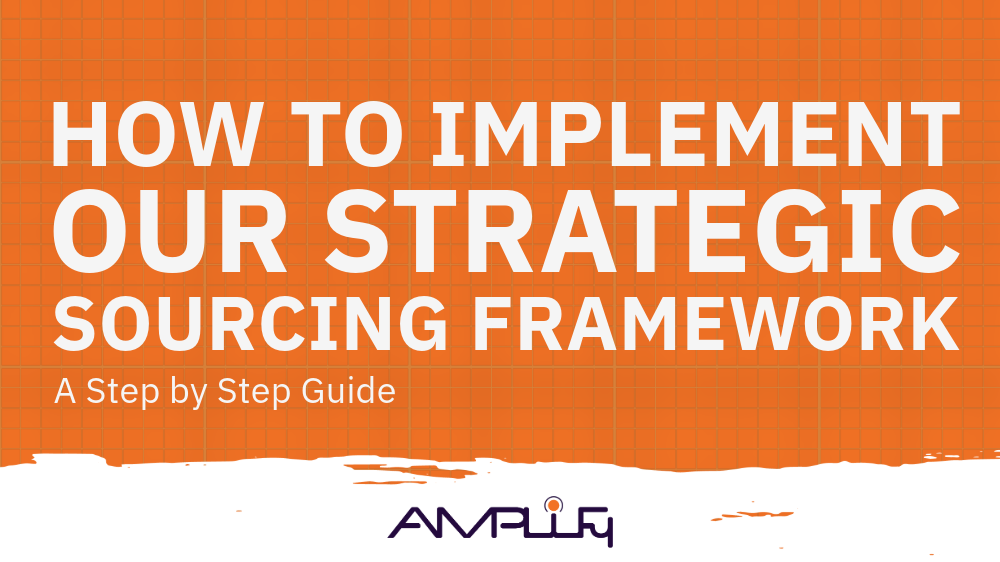By David Collier
•
September 3, 2025
Summer has officially wound down, and as we step into September, the clock already started ticking for 2026. For executives, boards, and senior leaders, this is your moment to pause and ask a critical question: Do we have a clear, actionable plan to guide our organization into the next fiscal and calendar year? If you haven’t started, you’re already behind. The Cost of Waiting Markets are moving faster, technological innovation is reshaping industries daily, and the competitive landscape is anything but forgiving. Thriving organizations are the ones that anticipate disruption, set direction early, and align resources to execute with discipline. When companies delay annual planning, three things typically happen: Teams get stuck in reactive mode instead of proactively driving strategy Investments drift without clear ROI measures. Leadership spends more time putting out preventable fires instead of building sustainable growth. Why the Work Starts in September Annual planning is not a “December activity.” By then, budgets are frozen, priorities are locked, and the opportunity for bold shifts passed long ago. September is when leaders should start shaping the Goals, Objectives, Strategies, and Tactics that define the Annual Operating Plan. Done right, this process brings: Clarity and focus – align executives, boards, and staff on what matters most. Scalability and efficiency – ensure processes and structures keep pace with growth. Confidence in change – provide the roadmap needed to navigate transformation with control and measurable success. Where Many Organizations Struggle Whether you’re a rapidly scaling startup, a mature enterprise, or a mid-market company juggling priorities, the challenges are often the same: No formal plan to guide business activity for the next 12–24 months. Difficulty prioritizing “the right things” amid competing demands. Frustration when large, complex initiatives underdeliver on expectations. Teams overworked but misaligned, with unclear visibility into progress. Practical Tips for Executives and Boards While every organization’s journey is unique, here are a few starting points: Start with the end in mind. What do you want 2026 to look like? Work backwards to define the steps. Bring in diverse perspectives. Boards, executives, and front-line leaders all see different parts of the business. Focus on agility, not just control. Build room for flexibility so your plan evolves as the market shifts. Don’t reinvent the wheel. Mature organizations often need fine-tuning, not reinvention—whereas growth-stage firms may need help building structure for the first time. How Amplify Helps At Amplify, we partner with leadership teams to design operating plans that are not just theoretical, but actionable. Our blend of strategy, operations, and transformation expertise allows us to meet organizations where they are—whether you’re defining your first framework or refining a well-established planning cycle. The question isn’t if you’ll need a 2026 plan. The question is how ready will you be when the new year arrives? If your organization hasn’t started, the best time to begin is today.




